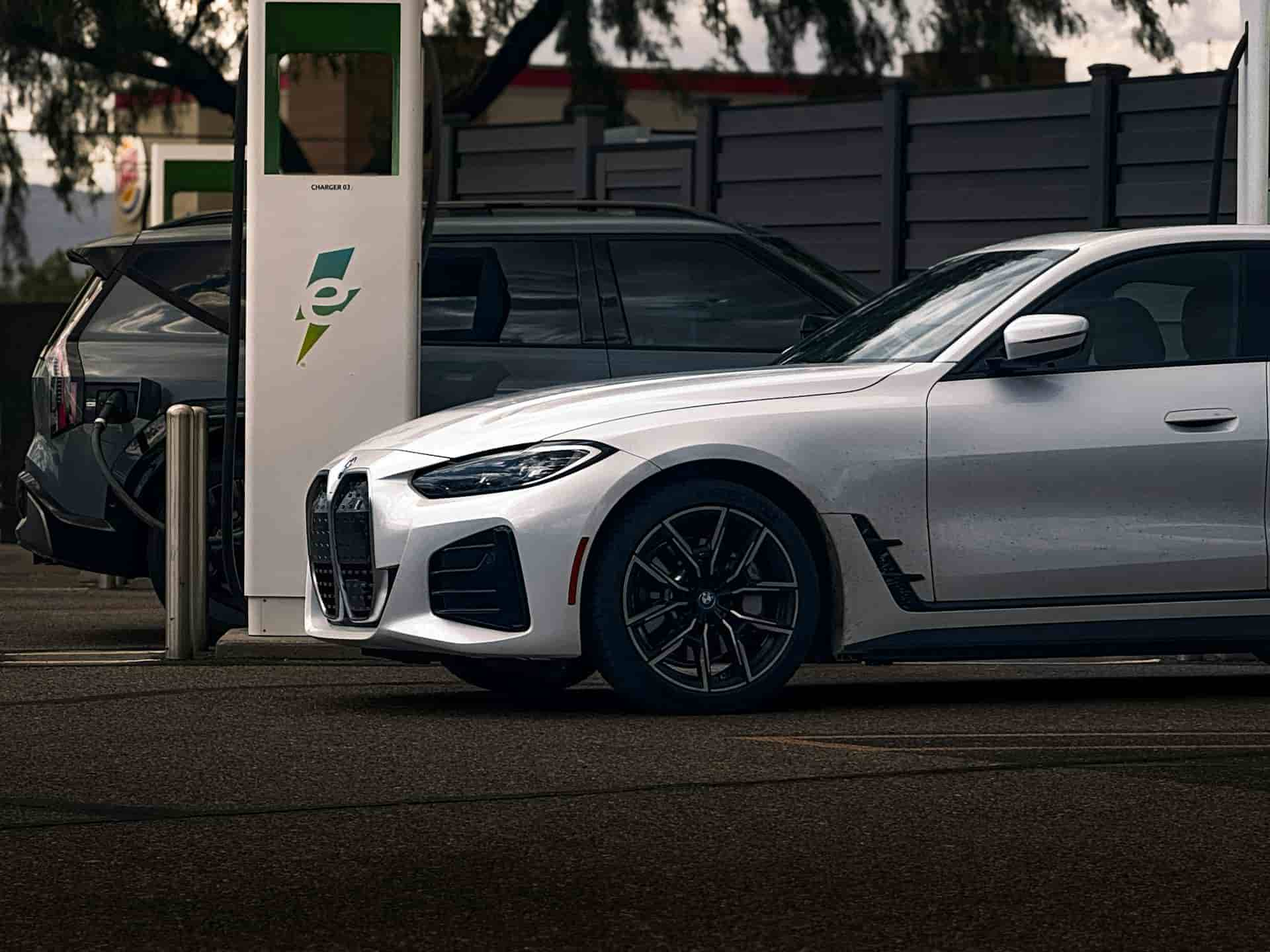Australia’s EV network for charging is growing quickly. Engineers have introduced fast chargers along major highways — many OCPP-compliant — and kerbside charging units in suburbs, many of which are paired with renewable energy sources. These charging stations integrate into public and residential settings and support Australia’s grid stability and sustainability goals.
Integrating EV charging stations across Australia
Australia had just 476 public charging stations in mid-2017, a figure that would be grossly insufficient as EV uptake grew. Engineers responded by building the Queensland Electric Super Highway. It’s the world’s longest single-state EV corridor, linking towns with fast-charging sites spaced roughly 150 km apart and built in partnership with local councils.
By late 2018, Chargefox had secured $15 million in public and private investment. The start-up launched Australia’s first public network pairing high-power chargers with on-site solar and battery storage, debuting in Euroa.
In New South Wales, the Drive Electric NSW grants programme has allocated significant funding to co-fund hundreds of fast and ultra-fast stations, including $20 million specifically for regional destination chargers. The programme targets a maximum of 5km between metropolitan chargers and 100km between highway chargers, aiming to eliminate range anxiety.
Kerbside charging trials in Sydney, Newcastle, and regional NSW are expanding access for residents without driveways, with pole-mounted chargers now being installed on existing street infrastructure.
Homeowners can also install OCPP-compatible 7kW wall boxes, allowing faster overnight charging. Apartment buildings, meanwhile, are increasingly able to access public kerbside chargers, expanding EV charging options for residents without private parking.
Reliability, interoperability and grid integration
Open standards are critical. The Open Charge Point Protocol (OCPP) enables any compliant charger to speak with central management systems. This enables unified monitoring, remote software updates, simplified billing and smart load management.
Engineers Australia has emphasised the need for nationally consistent communication capabilities. They note that a mix of controlled charging, time-of-use tariffs and owner education can enable high EV penetration without costly grid upgrades.
Grid integration extends beyond communications. Many fast-charging stations now include on-site battery buffers, smoothing demand spikes and avoiding feeder overloads. In NSW, grant criteria prioritise projects pairing chargers with renewable generation and storage, which help new infrastructure bolster grid stability and contribute to net-zero emissions targets.
The Clean Energy Council’s Battery Assurance Program certifies home-scale batteries. Meanwhile, EV charger safety and interoperability are covered by national and international standards.
This dual oversight of chargers and batteries creates a resilient ecosystem, letting homes and public stations support each other’s peaks. EVs themselves are now trialling vehicle-to-grid (V2G) services in Victoria and Western Australia.
Australia’s EV charging rollout is no longer in its early stages — it’s maturing quickly with a clear focus on interoperability, renewable integration and reliability. As more councils, businesses, and homeowners invest in open-standard infrastructure, the country’s charging network is becoming more cohesive and adaptable. What comes next will depend on how well these systems scale and respond to new technologies and usage patterns.
Engineering is everywhere
Engineering shapes our world, influencing every aspect of our lives: housing, transport, food and drink, technology and communication, art and entertainment, the news media, health, education, finance, and more. Follow this blog series as we continue to explore.
